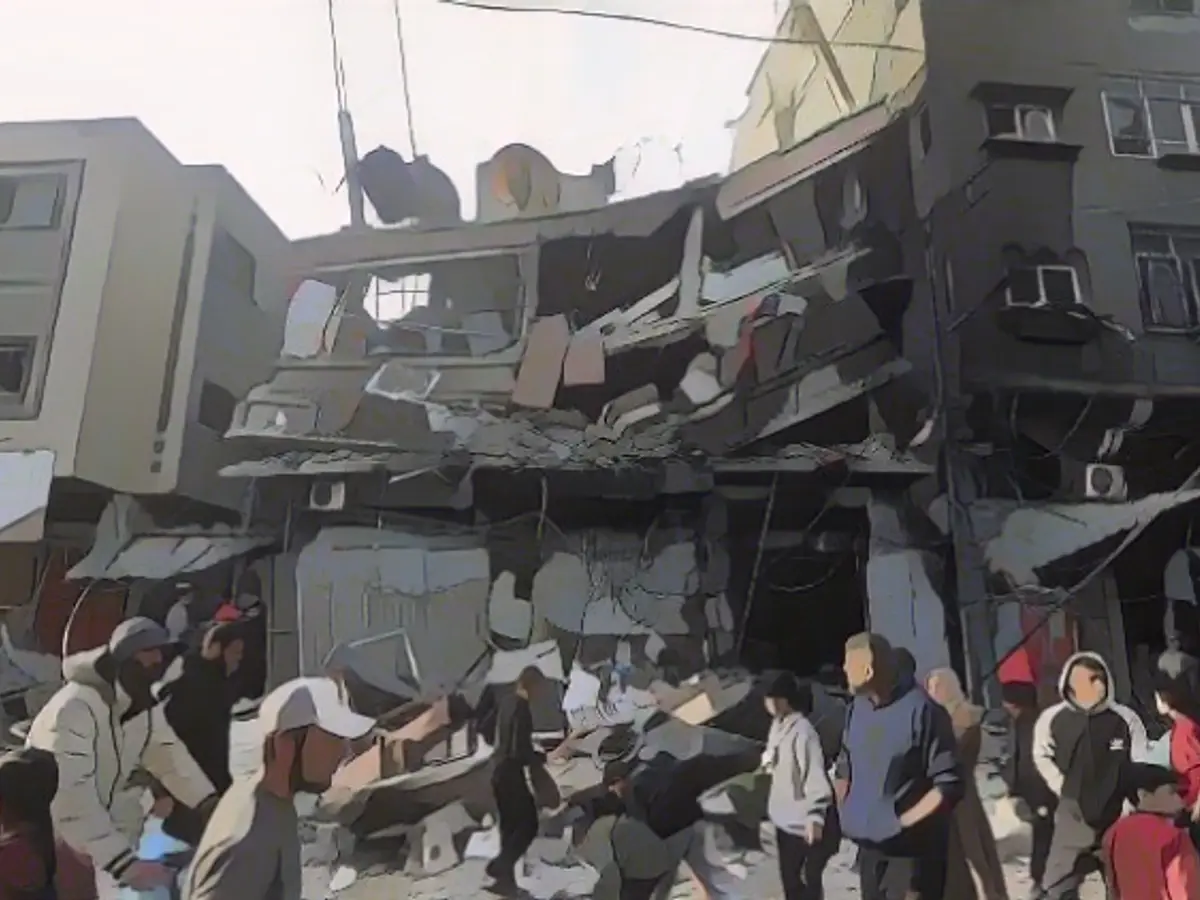The intensifying Israeli attacks in the Gaza Strip are resulting in a surge of civilian deaths, as per the UN's assertions. According to Philippe Lazzarini, Commissioner-General of the Palestinian Relief and Works Agency (UNRWA), the casualty count is escalating at an alarming rate. "Civilians, including women, children, the elderly, and people with disabilities, are the primary victims of this ongoing conflict," Lazzarini said in a Monday statement.
The resumption and expansion of the military operation in the southern Gaza Strip have unfortunately led to the repetition of past horrors. The Israeli Defense Forces continue their bombardment, following another evacuation order for residents of Chan Junis to move to Rafah. This order has caused turmoil and unrest among the affected population, resulting in more people seeking refuge at already overcrowded UNRWA shelters.
Despite rumors of abundant UN tents and impending refugee camps, no area in Gaza can guarantee safety. No fortification will save the citizens, whether they reside in the South, the Southwest, Rafah, or any designated "safe zone." The affected population urgently needs provisions – food, water, shelter, and most importantly, safety – yet roads to the South are jammed with displaced individuals.
Additional Insights:
The conflict in Gaza is not merely a localized crisis but has severe ramifications on the regional and global stage. The UN and other international organizations call for an immediate ceasefire to safeguard civilians and alleviate the dire humanitarian situation.
As of February 2025, the Ministry of Health in Gaza reports over 47,540 Palestinians killed and 111,618 injured due to Israeli military actions since October 2023. A significant proportion of these casualties are children, with UNICEF documenting at least 14,500 children killed and 23,000 injured since the start of the conflict.
The destruction of civilian infrastructure, including schools, hospitals, and humanitarian installations, has further damaged the already fragile social fabric in Gaza. The Israeli military's use of explosive and incendiary weapons has led to the destruction of about 66% of all buildings in the Strip and the destruction of about 227,591 homes. The resulting shortages of food, clean water, electricity, fuel, medicine, and medical equipment have caused outbreaks of infectious diseases and serious environmental damage.
Restrictions on aid access and humanitarian efforts have also hindered the recovery process. Request for coordination of aid convoys to certain areas in the north of Gaza were rejected, with only two hospitals in northern Gaza remaining operational. Meanwhile, the collapse of law and order in Gaza has obstructed humanitarian efforts, and the mass displacement has created needs that cannot be adequately addressed without a ceasefire.
The current situation in the Gaza Strip calls for urgent attention and humanitarian action to alleviate the mounting crisis and ensure the safety and well-being of its citizens.








